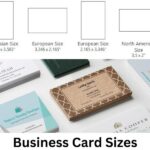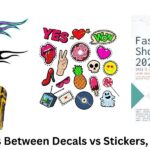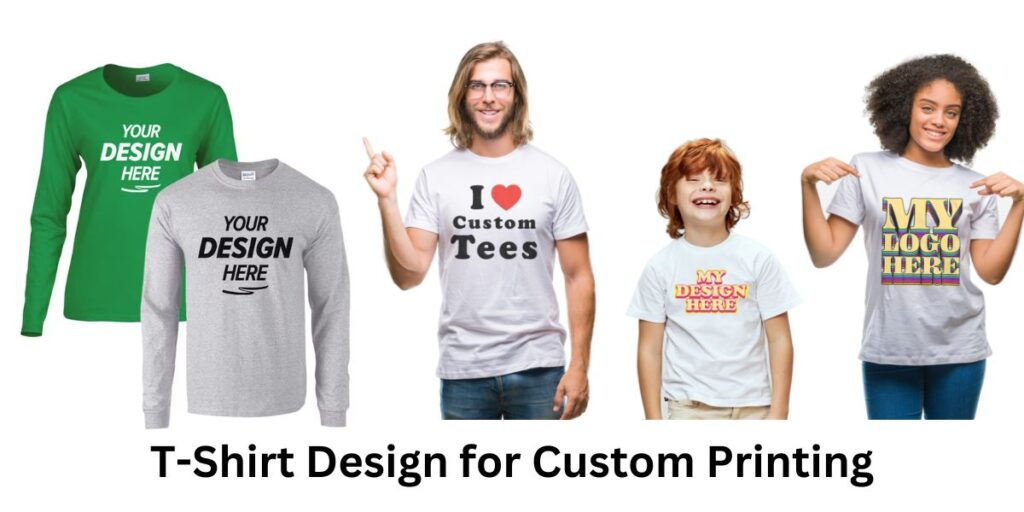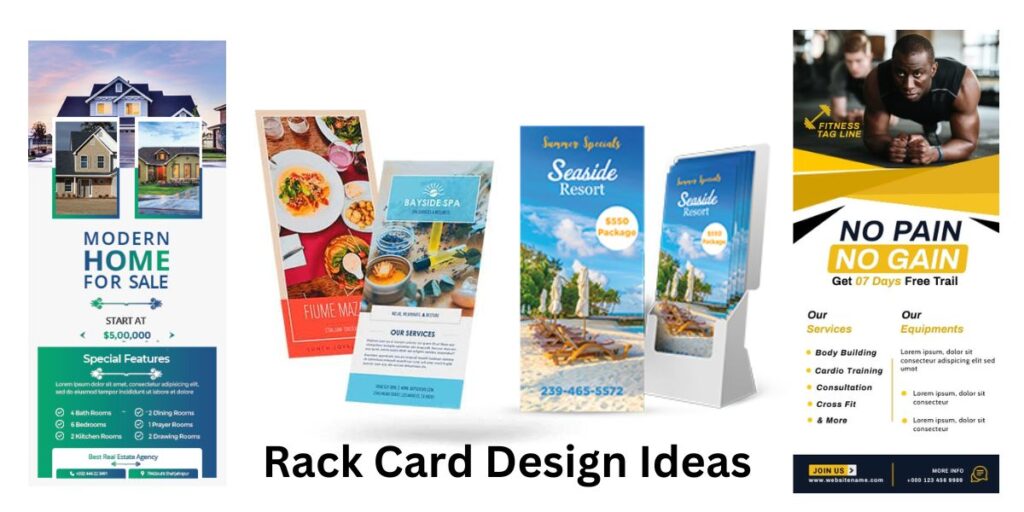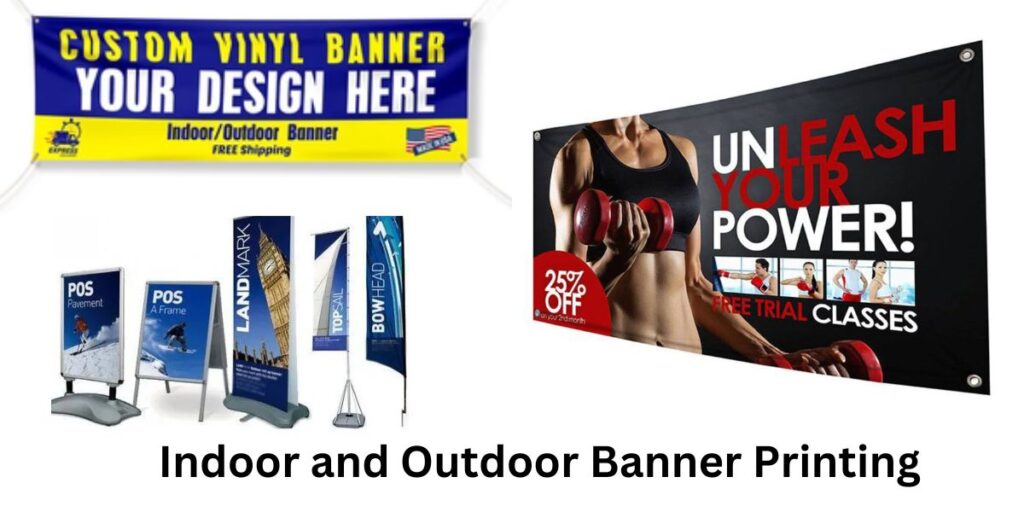Unveiling the Secrets: What Makes a Good Booklet?

Booklets, those compact bundles of information, can be powerful tools for various purposes. Whether they’re promoting a business, educating readers, or simply sharing a story, creating a good booklet requires careful planning and execution. So, What Makes a Good Booklet? Let’s dive into the world of good booklets and unveil their secrets!
1. A Clear Purpose :
Every good booklet starts with a clear purpose. What message do you want to convey? Who is your target audience? Answering these questions helps define the content, tone, and overall design of your booklet.
Imagine a booklet promoting a bakery. Its purpose is to entice readers with delicious pastries, not discuss the history of flour milling. A clear purpose ensures your booklet stays focused and relevant to your audience.
2. Engaging Content:
Once you know your purpose, it’s time to craft engaging content. This doesn’t just mean filling pages with text. Consider incorporating various elements:
- Informative text: Clearly and concisely convey your message, using language appropriate for your audience.
- Compelling visuals: Images, illustrations, and even infographics can grab attention, break up text, and visually reinforce your message.
- Calls to action: Tell your readers what you want them to do after reading, whether it’s visiting your website, contacting you, or simply remembering your message.
3. User-Friendly Design:
A good booklet should be easy to read and navigate. Here are some design tips:
- High-quality layout: Use a clear and uncluttered layout with ample white space to guide the reader’s eye.
- Readable font: Choose a font that is easy to read, even in small sizes. Avoid using too many different fonts or font styles.
- Logical flow: Organize your content in a logical flow, guiding the reader through your message step by step.

User Friendly Design:What Makes a Good Booklet
4. Compelling Cover:
The cover is your booklet’s first impression. Make it eye-catching and informative.
- Use strong visuals: A relevant image or illustration can pique the reader’s interest and hint at the booklet’s content.
- Include key information: Briefly mention the booklet’s title, purpose, or company name on the cover.
5. High-Quality Printing:
Don’t skimp on printing quality. Choose a reputable printer who uses good paper and ink to ensure your booklet looks professional and polished. A blurry image or faded colors can leave a poor impression.
6. Tailored Content:
Remember, there’s no one-size-fits-all approach to booklets. Adapt your content and design to your specific audience and purpose.
For example, a booklet for children might use larger fonts, brighter colors, and more interactive elements compared to a booklet targeting business professionals.
By considering these key elements, you can craft a booklet that effectively conveys your message, engages your audience, and leaves a lasting impression. So, unleash your creativity, embrace these secrets, and create booklets that truly shine!
Frequently Asked Questions (FAQs) about Booklets
1. What are some common uses for booklets?
Booklets can be used for various purposes, including:
- Marketing and advertising: Promote products or services, showcase company information, or share special offers.
- Education and training: Provide instructions, explain procedures, or offer educational content in a portable format.
- Event guides and programs: Offer event schedules, maps, speaker information, or other relevant details.
- Product manuals and instructions: Explain product features, assembly instructions, or safety information.
- Storytelling and publications: Share poems, short stories, or even children’s books in a compact format.
2. What are the different types of booklets?
Booklets come in various sizes, binding styles, and paper qualities. Here are some common types:
- Saddle-stitched booklets: Pages are stapled together at the spine, a popular and cost-effective option.
- Perfect-bound booklets: Pages are glued together at the spine, creating a more professional and durable finish.
- Spiral-bound booklets: Pages are bound with a metal coil, allowing the booklet to lie flat when opened.
- Tri-fold brochures: A single sheet of paper is folded three times to create a six-page booklet, ideal for quick and concise information.
3. Where can I find inspiration for booklet design?
Many online resources showcase creative and effective booklet designs. Additionally, professional printing companies such as LA Print Center often offer design templates or even design services to help you create a visually appealing booklet.
